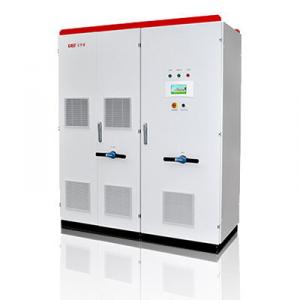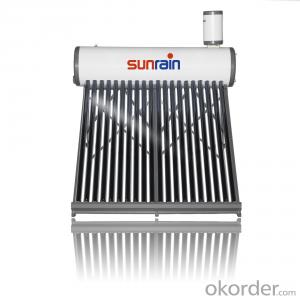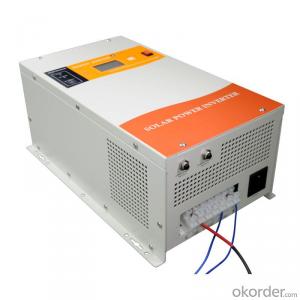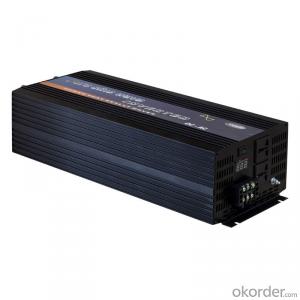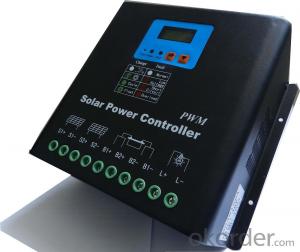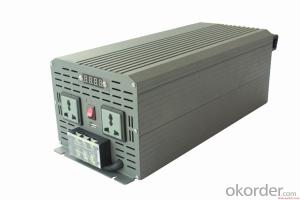Buy Solar Inverter Online
Buy Solar Inverter Online Related Searches
Solar Inverter Buy Online Buy Solar Inverter Buy Solar Panel Inverter Buy Hybrid Solar Inverter Solar Inverter For Sale Buy Solar Cells Online Buy Solar Edge Inverter Install Solar Inverter Solar Inverter Shop Solar Inverter Buying Guide Best Solar Inverter Best Solar Power Inverter Solar Inverter Supplier Best Solar Inverter Brands Best Inverter Solar Solar Inverter Shop Near Me Top Solar Inverter Brands Cheap Solar Power Inverter The Best Solar Inverter Solar Inverter Best Brands Solar Inverter Manufacturer Solar Inverter Offline Solar Inverter Suppliers Solar Inverter Dealer Near Me Best Solar Inverter For Home Buy Solar Inverter In Nigeria Cheap Solar Inverter Solar Inverter Brands Solar Inverter Prices Solar Inverter FiyatlarıBuy Solar Inverter Online Supplier & Manufacturer from China
Buy Solar Inverter Online offers a wide range of solar inverters, catering to the needs of various residential, commercial, and industrial applications. These inverters play a crucial role in converting the direct current (DC) generated by solar panels into alternating current (AC), which can then be used by electrical appliances or fed back into the power grid. The solar inverters available online are designed to optimize energy production, ensuring efficient and reliable performance in diverse environments.The solar inverters found on Buy Solar Inverter Online are suitable for a variety of usage scenarios, including off-grid systems, grid-tied systems, and hybrid systems. They are essential for harnessing the power of the sun and making it accessible for everyday use. Whether for a small home setup or a large-scale commercial installation, these inverters provide a reliable and efficient solution to power needs while reducing reliance on non-renewable energy sources.
Okorder.com is a leading wholesale supplier of Buy Solar Inverter Online, boasting a large inventory that caters to the diverse requirements of customers worldwide. With a commitment to quality and customer satisfaction, Okorder.com ensures that the solar inverters available are of the highest standards, offering excellent performance and durability. By partnering with reputable manufacturers, Okorder.com guarantees that customers receive the best products at competitive prices, making solar energy more accessible and affordable for all.
Hot Products





















